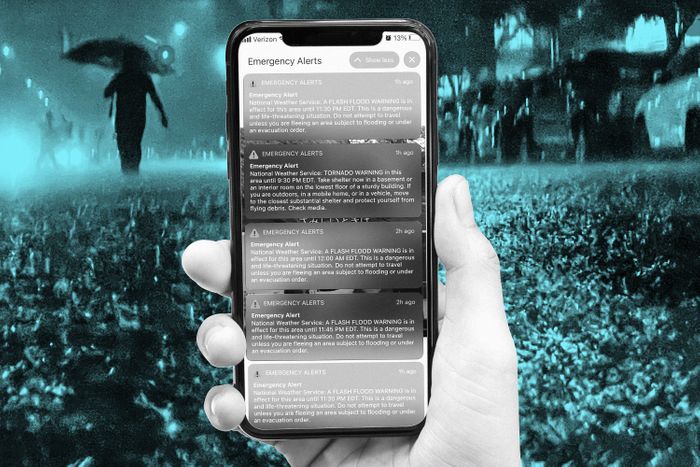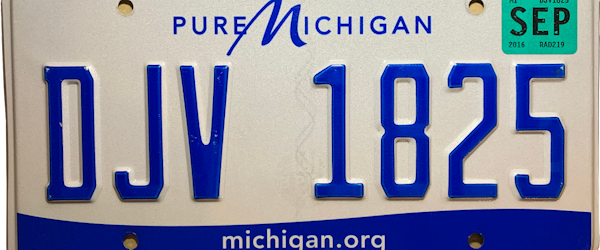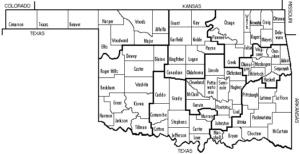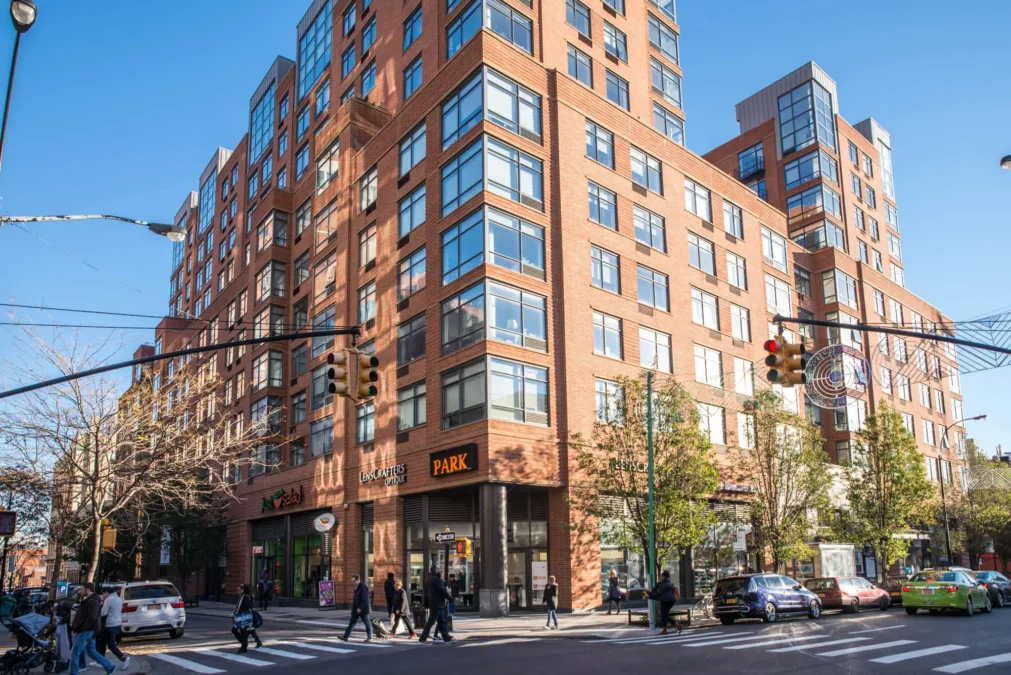Table of Contents
ToggleNew York flooding is a growing concern, with flash floods becoming more frequent and intense. With unpredictable weather patterns, heavy rainfall, and rising sea levels, New Yorkers face an increasing threat to their homes, businesses, and daily routines. Understanding the causes, potential impacts, and safety measures during these events is crucial for both residents and visitors. This article will cover the latest updates on New York flooding, including the risks, the areas most affected, and the steps you can take to protect yourself.
What Causes New York Flooding?
New York is particularly susceptible to flooding due to its unique geographical location. The city’s proximity to water bodies such as the Hudson River, East River, and the Atlantic Ocean, combined with its low-lying areas, makes it a prime target for flood events. Storm surges, rising tides, and intense rainfall from tropical storms and hurricanes regularly impact the region. Additionally, the city’s dense infrastructure, including its vast network of subways, drainage systems, and buildings, can exacerbate the problem. When these systems become overwhelmed by heavy rain, localized flooding can occur quickly.
The increase in severe weather events due to climate change also escalates the New York flooding risks. Rising sea levels contribute to more frequent coastal floods, while extreme weather, such as thunderstorms, tornadoes, and hurricanes, bring torrents of rain that are difficult for existing drainage systems to handle. The combination of these factors leads to increased flash flooding, putting both people and infrastructure at greater risk.
Areas Most Vulnerable to New York Flooding
Certain parts of New York are more prone to flooding due to their geography and infrastructure. Lower Manhattan, parts of Brooklyn, and Staten Island are at higher risk due to their proximity to water sources. These areas are prone to both coastal flooding from rising sea levels and flash floods caused by heavy rainfall. The elevated infrastructure of these regions, particularly the subway system, is frequently disrupted by flooding, causing significant delays for commuters. Additionally, homes and businesses in these flood-prone areas face increased risk of water damage, property loss, and financial strain.
Other parts of the city, such as Queens and the Bronx, can also experience severe flooding during periods of intense rain. These areas often lack the same level of flood protection as Manhattan, making them more vulnerable to overflow from nearby rivers and lakes. While city-wide improvements have been made to flood management systems, many of the more vulnerable districts still lack adequate protection from severe flooding events. Understanding the flood risks in your area is key to being prepared when storms and heavy rain hit.
Flash Flood Warnings and Weather Alerts in New York

Flash floods in New York can strike with little warning, making it essential for residents to stay informed through weather alerts and warnings. The National Weather Service (NWS) plays a critical role in issuing flood watches and warnings, giving residents a heads-up when flood conditions are likely. A flood watch means that conditions are favourable for flooding, while a flood warning indicates that flooding is imminent or already occurring. By paying attention to these warnings, New Yorkers can take proactive steps to safeguard their property and safety.
Apart from the NWS, local news outlets such as the New York Times, New York Post, and local TV channels provide live weather updates, allowing New Yorkers to stay informed. Social media platforms like Twitter and Facebook are also valuable sources of information, especially when emergencies arise. The city of New York also issues emergency alerts, keeping residents up-to-date on flood risks and providing evacuation information when necessary. With these resources, you can ensure that you’re prepared when flash flooding strikes.
The Impact of New York Flooding on Daily Life
Flooding in New York can have a severe impact on the daily lives of its residents. The city’s public transportation system, including the subway and buses, is often the first to be affected. During heavy rainfall, water seeps into subway stations, disrupts train routes, and delays bus schedules. These disruptions cause widespread traffic jams and delays, making commuting and getting around the city more difficult.
Beyond transportation, flooding also takes a toll on businesses and homes. In flood-prone areas, shops and restaurants face the risk of water damage, often resulting in business closures. Homeowners, especially in areas with inadequate flood protection, may experience damage to basements, personal property, and essential household systems. The costs of these damages can be astronomical, especially for those without insurance that covers flood damage. Understanding the impact of flooding and taking preventive measures can help mitigate these effects.
How to Prepare for Flooding in New York
Preparation is key to reducing the damage caused by New York flooding. One of the most important steps is to stay informed. Keep track of weather updates from reliable sources such as the National Weather Service, the New York Times, and local TV stations. If a flood warning is issued, make sure you’re ready to take action quickly. For homeowners, it’s essential to check whether their property is in a flood zone and if additional flood protection measures, such as sandbags or sump pumps, are needed.
In addition to preparing your home, it’s important to have an emergency plan in place. This includes having an emergency kit with essentials such as food, water, medications, flashlights, and first-aid supplies. Make sure everyone in your household knows how to respond during a flood, including evacuation routes and safe areas. For those who live in flood-prone areas, flood insurance can provide peace of mind and financial protection in the event of water damage.
Steps to Take During a Flood
When a flood occurs, acting quickly is essential to staying safe. If you are advised to evacuate, do so immediately. It’s crucial to follow official instructions and move to higher ground or a designated shelter. Avoid walking or driving through floodwaters, as these can be deeper and faster-moving than they appear. Even a small amount of water can sweep you away, especially during flash floods. If you cannot evacuate, find a safe location within your home and avoid areas that may be prone to flooding.
If you are driving when a flash flood occurs, do not attempt to cross flooded roads. If the water is deep enough, vehicles can be swept away, and the chances of surviving such an event are minimal. Always err on the side of caution. In case of power outages, use battery-powered lighting and avoid candles to prevent fires. Stay connected to emergency updates via your phone or radio to keep track of evacuation orders or safety instructions.
Conclusion
New York flooding remains a significant concern, and the risks are growing due to changing weather patterns and climate change. Understanding the causes of flooding, the areas most vulnerable, and the necessary precautions can help residents stay safe during flood events. By staying informed, preparing your home, and taking action when needed, you can reduce the impact of flooding on your life and property. The city may face more storms and flooding in the future, but with the right preparations, New Yorkers can better protect themselves and their communities.
Frequently Asked Questions
Why is New York vulnerable to flooding?
New York’s low-lying geography, its proximity to water bodies, and its urban infrastructure make it particularly susceptible to flooding, especially during heavy rainfall or storm surges.
How can I stay informed about flooding risks in New York?
The National Weather Service, local news outlets like the New York Post, and the New York Times provide regular updates. Social media platforms and emergency alert systems are also useful for real-time information.
Which areas of New York are most at risk of flooding?
Low-lying areas like Lower Manhattan, Staten Island, and parts of Brooklyn are particularly vulnerable to flooding. However, flash floods can also affect other parts of the city, especially during intense rainfall.
What should I do during a flood warning in New York?
Stay informed by following weather updates, evacuate if necessary, and avoid flooded areas. Make sure your emergency kit is ready and follow official evacuation instructions to stay safe.
Is flood insurance necessary in New York?
Yes, flood insurance is highly recommended for those living in flood-prone areas. It can provide critical financial protection in the event of water damage to your home or business.
you may also read: What is Rikers Island?
















